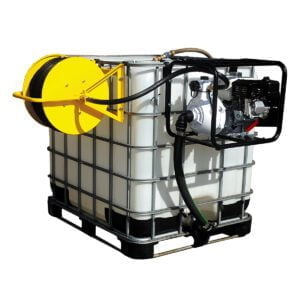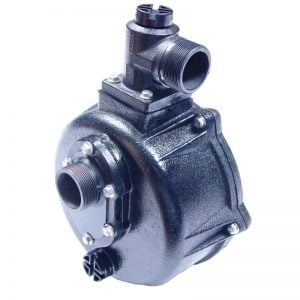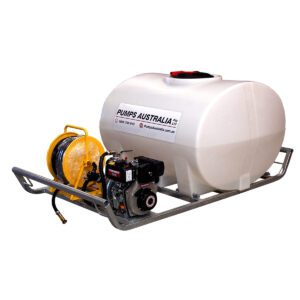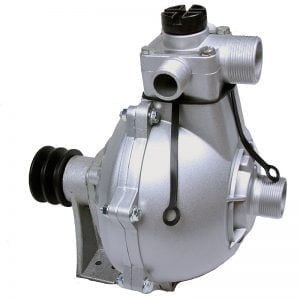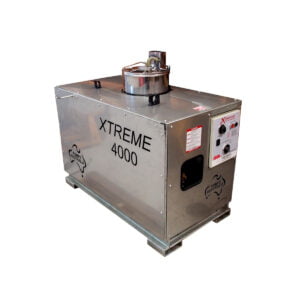Fire Fighting Pumps
Bush fires are frequent events in Australia due to the hot and dry climate. In fact, the environment is so hot and dry in the Outback that it’s the most fire-prone country on Earth!
Due to the many devastations fires can cause, it’s crucial firefighters and individuals located in fire-prone areas have the best pumps and equipment available for the job.
Here, we unpack the buyers guide to fire fighting pumps so that you can make an educated purchase.
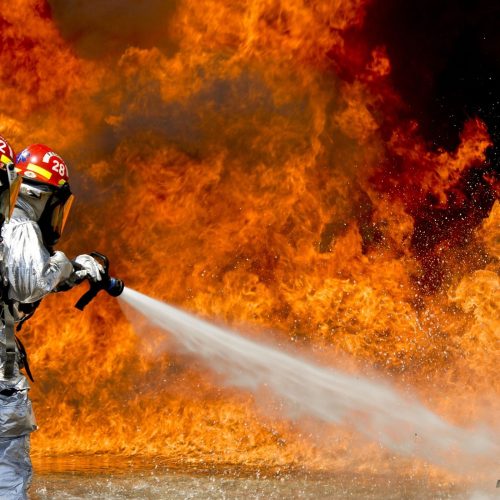
Pressure
Although fire fighting pumps have “fire fighting” in the name, they’re also used for other purposes such as irrigation and equipment washdown. Depending on the task at hand, will determine what kind of pressure you’re needing.
For firefighting, irrigation and washing down tough and gritty equipment you’ll need high pressure around 100PSI or above. Considering a home garden hose dispenses water at about 30-40PSI, fire fighting pumps pack decent power!
Twin impeller fire fighting water pumps create more pressure than a single impeller fire fighting pump. Single impeller fire fighting pumps have a lower total head but a higher water flow, making them great choices for water transfer and agriculture purposes.
To calculate the pressure of the pump, you need to multiply the maximum head given in the pump specifications by 1.42 to give you the PSI.
Flow rate
Flow rate refers to the volume of water you need to move and the distance the water needs to be pumped. If you are required to move a large volume of water over a decent distance (which is very common for fire fighting jobs), you will need a minimum of 200 liters per minute.
Maximum head
Maximum head refers to the fire fighting pump’s ability to push water upwards. For fire fighting pumps, consider the difference in height between the pump and where you are pumping the water. If the job requires tackling a fire up a hill, incline or height make sure your maximum head can reach the needed distance.
Ensure to count a small loss in the head capacity due to friction.
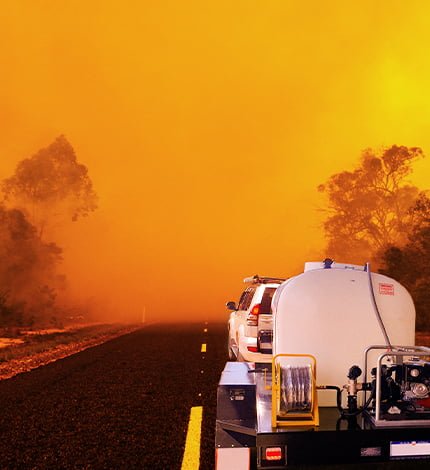
Self-priming capability
Priming simply refers to a pump preparing for operation. There are non self priming and self priming pumps. Whereas centrifugal pumps can be non-self priming (you’ll need to fill the pump up with water manually before operation), fire fighting pumps are often self-priming as the fire fighting pump is able to retain water after the very first prime.
Confirm with the supplier that your fire fighting equipment is self-priming before purchase.
Petrol VS. Diesel VS. Hydraulic?
Consider whether you need a petrol, diesel or hydraulic fire fighting system. Electric is not recommended for fire fighting pumps unless you have a reliable power supply such as a generator.
Pumps Australia Fire Fighting Pumps
Here at Pumps Australia we stock only the very best fire fighting equipment.
Durable, long lasting, reliable and backed by the best engines in the business. You can’t go wrong with pump equipment from Pumps Australia.
If you have further questions about fire fighting pumps and equipment, speak with our team!

